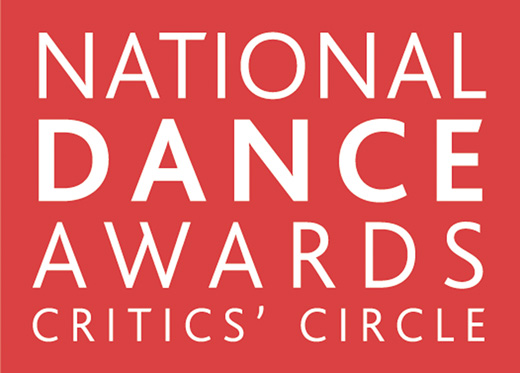 The Critics’ Circle National Dance Awards for 2013 took place at The Place’s Robin Howard Dance Theatre on 27 January 2014. A prestigious event for acknowledging dance talent, the awards recognise an array of talents throughout the previous year.
The Critics’ Circle National Dance Awards for 2013 took place at The Place’s Robin Howard Dance Theatre on 27 January 2014. A prestigious event for acknowledging dance talent, the awards recognise an array of talents throughout the previous year.
The awards are decided by the 60 members of the Dance Section of the Critics’ Circle after an extensive round of nominations and voting. To be eligible, performances had to be given in the UK between 1 September 2012 and 31 August 2013. The awards were hosted by former NDA winner, Tommy Franzèn, and Bennet Gartside of The Royal Ballet.
CRITICS’ CIRCLE NATIONAL DANCE AWARDS WINNERS 2013
BEST CLASSICAL CHOREOGRAPHY
Christopher Wheeldon for Aeternum by The Royal Ballet
BEST MODERN CHOREOGRAPHY
Russell Maliphant for Fallen by BalletBoyz® The TALENT
OUTSTANDING MALE PERFORMANCE (CLASSICAL)
Nicolas Le Riche for Le Jeune Homme et la Mort / English National Ballet
DANCERS PRO AWARD FOR OUTSTANDING MODERN PERFORMANCE (FEMALE)
Julie Cunningham for New Works 2012 / Michael Clark Company
OUTSTANDING FEMALE PERFORMANCE (CLASSICAL)
Yuan Yuan Tan for RAkU / San Francisco Ballet
DANCERS PRO AWARD FOR OUTSTANDING MODERN PERFORMANCE (MALE)
Paul White for The Oracle / Meryl Tankard
JANE ATTENBOROUGH DANCE UK INDUSTRY AWARD
Amanda Chinn, General Manager of Scottish Dance Theatre
GRISHKO AWARD FOR BEST INDEPENDENT COMPANY
BalletBoyz® The TALENT
STEF STEFANOU AWARD FOR OUTSTANDING COMPANY
Mikhailovsky Ballet
THE DANCING TIMES AWARD FOR BEST MALE DANCER
Dane Hurst / Rambert Dance Company
GRISHKO AWARD FOR BEST FEMALE DANCER
Natalia Osipova / Mikhailovsky Ballet
DE VALOIS AWARDS FOR OUTSTANDING ACHIEVEMENT
Leanne Benjamin
Matthew Bourne
The awards are a celebration of brilliance amongst the diversity of dance forms. More than 200 nominations of companies, choreographers and performers were received from dance critics and the eventual 40 short-listed for the awards came from a wide spectrum.
The 15th National Dance Awards will be held on Monday 26 January 2015.


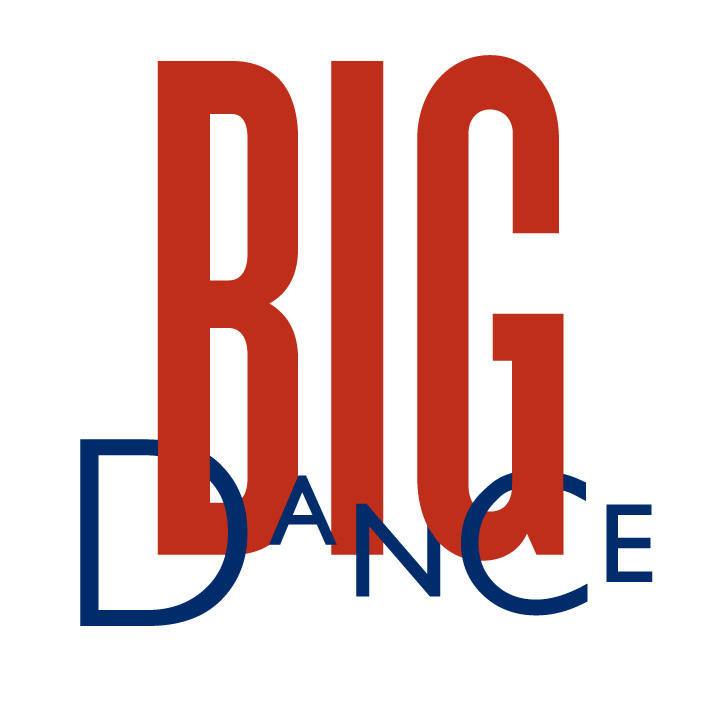 The Big Dance Pledge is back for 2014, a chance to learn, make and perform dance with the rest of the world as one. As a mark of the 5th anniversary of the Big Dance Pledge, this special 5th edition is created by Scottish Ballet with fun and celebration at its heart, as part of the Glasgow 2014 Cultural Programme of the Commonwealth Games. Lots of help is at hand; watch the ‘Pledge Family’ demonstrate, look through the Big Dance tutorial and inspiration films to begin planning your own Pledge!
The Big Dance Pledge is back for 2014, a chance to learn, make and perform dance with the rest of the world as one. As a mark of the 5th anniversary of the Big Dance Pledge, this special 5th edition is created by Scottish Ballet with fun and celebration at its heart, as part of the Glasgow 2014 Cultural Programme of the Commonwealth Games. Lots of help is at hand; watch the ‘Pledge Family’ demonstrate, look through the Big Dance tutorial and inspiration films to begin planning your own Pledge!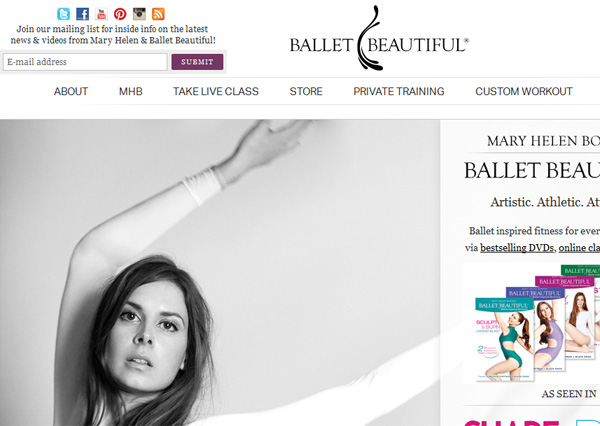 Mary Helen Bowers is the ballerina behind
Mary Helen Bowers is the ballerina behind 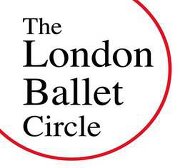 The London Ballet Circle provides financial support to student dancers, raising funds by hosting events such as talks by dancers, choreographers and company directors where members can find out from artists about their life and work. The events of the LBC offer a range of prestigious industry artists as speakers at the events, and the LBC also arranges private visits to ballet schools so members can observe students in training, and their incredible discipline and dedication devoted to their art. All of the LBC events raise vital funds to assist the education of the next generation of talent.
The London Ballet Circle provides financial support to student dancers, raising funds by hosting events such as talks by dancers, choreographers and company directors where members can find out from artists about their life and work. The events of the LBC offer a range of prestigious industry artists as speakers at the events, and the LBC also arranges private visits to ballet schools so members can observe students in training, and their incredible discipline and dedication devoted to their art. All of the LBC events raise vital funds to assist the education of the next generation of talent.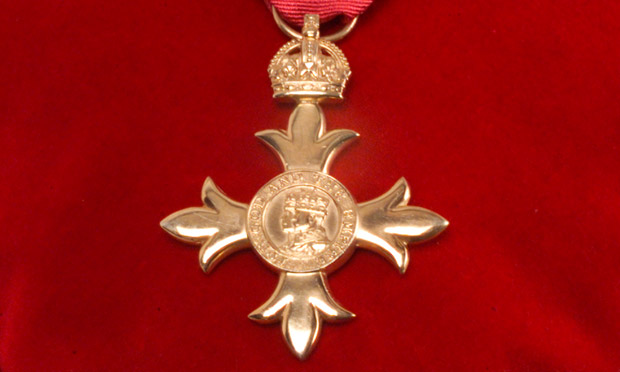 The New Year’s Honours List 2014, released on 30 December 2013, included nine honours for dance professionals, championing their work for the arts sector. Dance UK runs the dance sector’s Honours Advisory Committee which is a group of dance professionals who volunteer their time and expertise to ensure dance professionals are regularly nominated from across the rich and diverse world of dance. Teachers, dancers, managers and choreographers can all be nominated, recognised for their hard work in all dance forms.
The New Year’s Honours List 2014, released on 30 December 2013, included nine honours for dance professionals, championing their work for the arts sector. Dance UK runs the dance sector’s Honours Advisory Committee which is a group of dance professionals who volunteer their time and expertise to ensure dance professionals are regularly nominated from across the rich and diverse world of dance. Teachers, dancers, managers and choreographers can all be nominated, recognised for their hard work in all dance forms.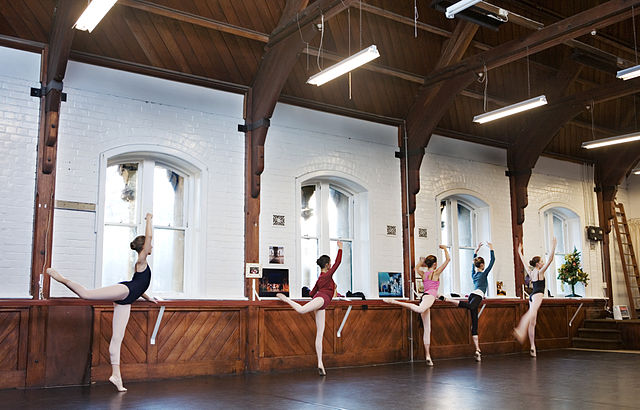

 MOVE IT, the UK’s biggest dance event is back for 2014. From 7-9 March, Olympia London will be the home to over 100 live performances, inspirational dance classes spanning all genres and live interviews with renowned dancers and celebrities from the dance world. Tickets for this fantastic dance event are now on sale, in addition to MOVE IT 2014 merchandise, is available to pre-order online at http://www.moveitdance.co.uk/Content/MOVE-IT-2014-merchandise/5_50/
MOVE IT, the UK’s biggest dance event is back for 2014. From 7-9 March, Olympia London will be the home to over 100 live performances, inspirational dance classes spanning all genres and live interviews with renowned dancers and celebrities from the dance world. Tickets for this fantastic dance event are now on sale, in addition to MOVE IT 2014 merchandise, is available to pre-order online at http://www.moveitdance.co.uk/Content/MOVE-IT-2014-merchandise/5_50/ South East London’s Deptford has a secret weapon in the form of The Albany, the Southbank Centre for non-central Londoners. The arts venue is also a meeting and training place, a social place, a work place and a performance space, in addition to being a cafe and a place for young children. The venue has had a longstanding and successful relationship with the Deptford market just outside its doors on Deptford High Street, mixing its cultural vibrancy with the theatres.
South East London’s Deptford has a secret weapon in the form of The Albany, the Southbank Centre for non-central Londoners. The arts venue is also a meeting and training place, a social place, a work place and a performance space, in addition to being a cafe and a place for young children. The venue has had a longstanding and successful relationship with the Deptford market just outside its doors on Deptford High Street, mixing its cultural vibrancy with the theatres.